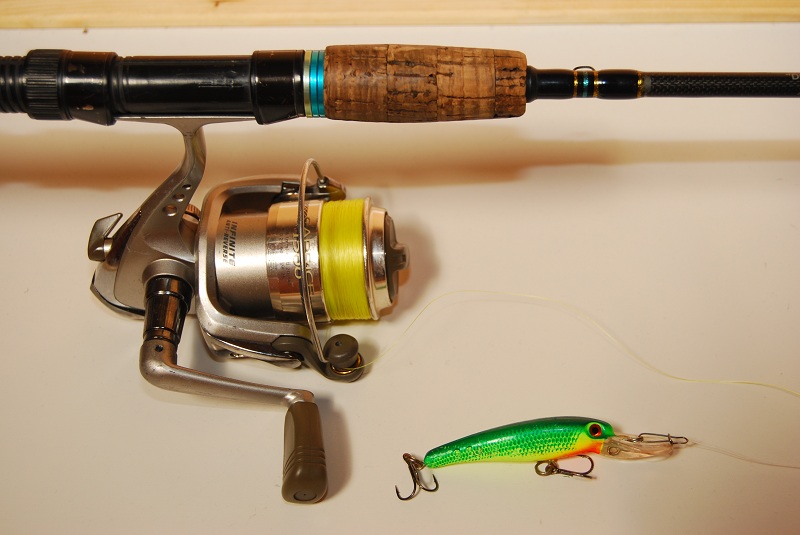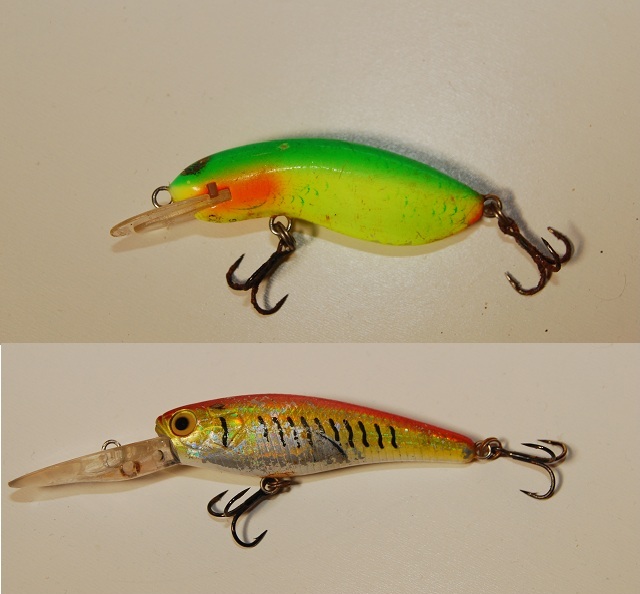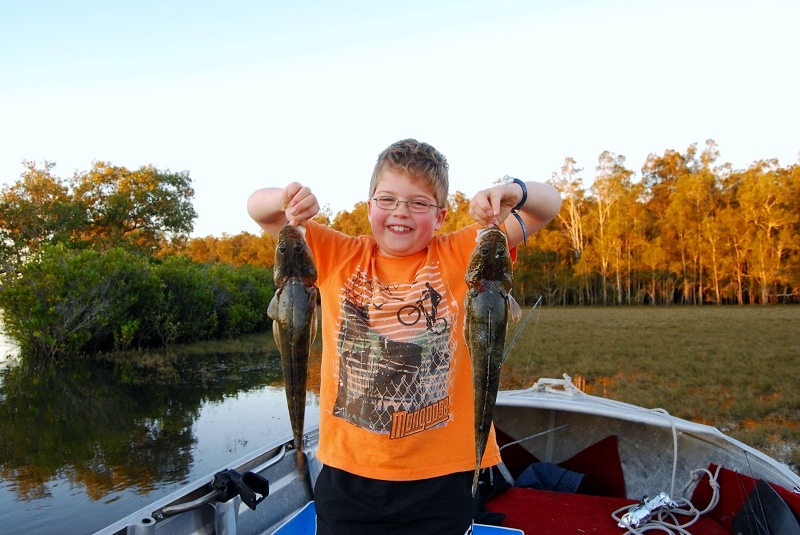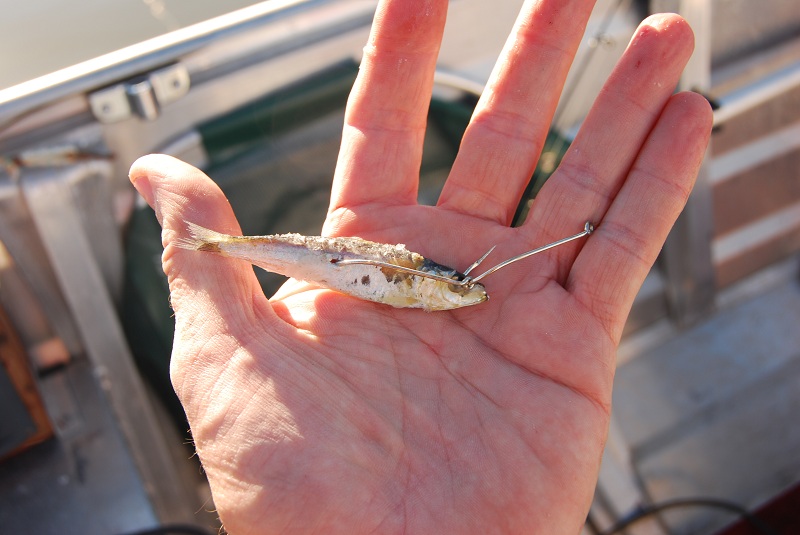Flathead are a common fish in NSW coastal rivers and lakes. You can get a good look at some facts regarding them here. They are a great fish to target when fishing with young anglers, mainly because of the habitat the flathead prefers and the techniques employed. Casting and retrieving soft plastic lures and hard-bodied lures can be very effective, but generally when I'm with the kids or I want to get a feed of fish quickly, I prefer to troll with hard-bodied lures, or drift with appropriate baits. This article will attempt to give you a few tips on where to start.
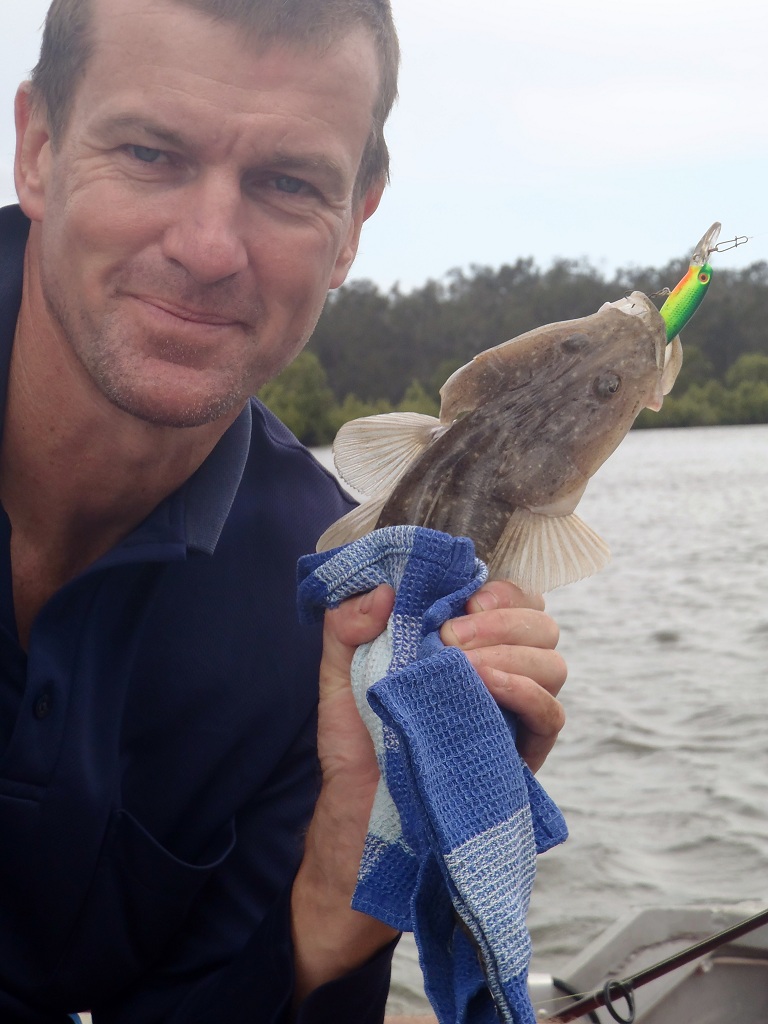
Firstly you will need a boat of some sort, preferably small, even a canoe or kayak can be effective, but for this type of active fishing the 10-12 foot tinny reigns supreme. You will generally only catch flathead trolling in shallow water, so your boat needs to get into shallow channels and out again on low tides, you will need to sneak under road and rail bridges and trees and through generally skinny water. The tinny with a small outboard is perfect because it can run shallow and can cover territory fairly quickly with the outboard. Stealth is generally NOT required (amazingly) and this makes the flathead a great target for people fishing at the lower end of a boating budget where you are not likely to have an electric motor and battery. The one thing that is really important is a depth sounder. I won't say fish finder, because all that's required is the ability to determine depth.
I have found shallow water to be very productive for flathead, particularly 4-8 feet deep, and trolling in depths like these is a great way to find fish, this is where the depth sounder helps. For example, if you have a coastal estuary or lake that feeds through channels and creeks into a larger river, there will always be flathead somewhere in the system. Where, is dependent on time of year, amount of fresh water in the system, water temperatures and prevailing food source. So, if you are fishing in a new area of this type then a great way to cover territory and find fish is to troll.
Trolling is really very simple provided you follow a few guidelines. Tackle is very important. A graphite rod of around 6-7 foot, matched to a 1500-2500 size threadline reel is the perfect tool for the job. It doesn't even need to be top of the line gear, but it MUST have a good drag. A combo in the $150 range does the job nicely, for example a Plueger Trion matched to a Shimano Sienna. Load the reel up with 6lb braid and you have an outfit that is a good allrounder, but particularly good for trolling. Use fairly heavy leaders of around 12-15 lb, you don't even need to use fluorocarbon, good quality nylon is fine as leader material.
Photo shows typical flathead spinning ger suitable for trolling, in this case older gear, a Daiwa 1500 Caprice loaded with 6lb fireline matched to a Shimano Stella Spin 6'6", and a Manns Stretch 5+ on 12lb trace tied via a snap. This gear was used as recently as Dec 2011
Obviously lures are important, and if you are going to fish 4-8 feet deep, then you don't require a deep diver, or a shallow diver. The Mann's Stretch 5+ is the perfect lure for the job, but there are others that also work well. Halco scorpions in yellow underneath/green on top work well,as do trollcraft lightning minnows. I have also had success with Ecogear SX-48s and other lures. The great news is, you will soon learn to love half a dozen lures, and if you purchase a reel with at least a decent drag you will rarely lose a lure. I have two lures in my tackle box that have caught literally a hundred fish each, they get a new set of trebles occasionally, otherwise they still catch fish.
Photo is of 2 very well used lures, these would be close to 10 years old and would have caught close to a hundred flathead each. The top one is a Halco RMG about 70mm from bib to tail and the other is a Producers Lightning Minnow, about 90mm from bib to tail, these are now sold as Trollcraft Lightning Minnows
To make changing lures simple use one of the small snaps. The snap swivel is not something I favour, but the snap on its own can be very handy. Make sure that if you use a snap its a suitable size for the lure you are using.
The technique for trolling is dead simple. Find a nice flat expanse of water in a shallow estuary, sound it out with your depth sounder or check it out at low tide. The flathead will sit in the deepest water, or on the edges of the banks leading to the deeper water. If the tide is running in, they will be facing into the current, so troll upstream with the current. If the tide is running out, then the fish will be facing upstream, so troll downstream with the current. In any case you are really only idling your engine. The lure should be back around 20-30 metres from the boat and your rod tip should be vibrating and banging into the bottom occasionally. If your rod tip stops vibrating, then your trebles will be fouled and you will need to clear them. Watch the sounder and try to keep the boat in 4-6 foot of water. Sometimes it helps to slowly raise and lower the rod tip as you motor along and on some days seems to improve your catch rate.
A decent lure caught flathead trolled up in a mangrove lined back creek
I have found from experience that you can get good concentrations of fish in slight channels. What I mean is, you may have a seeming flat expanse of open water, but there can be some subtle channels, places where the water is 4 feet deep on the sounder compared to the general 2 feet of the rest of the expanse. These slight depressions can be dynamite, especially if you can get to them on a falling tide.
You will know when a flathead has a swipe at your lure, as the hits are usually quite violent and they usually hook themselves. An environet or equivalent net is useful as they stop trebles getting caught and are easy on bigger or smaller fish that you may want to release. A pair pf pliers is also handy and a towel as the flathead are dangerous with two large cutting knives on the apex of the gill covers.
Trolling is a great way for kids to fish, and a great way for you to introduce your kids to catching fish without spending all day baiting hooks and untangling from poor casts. The kids simply drop the lure in the water with an open bail on the eggbeater, wait until the lure is 20-30 metres back and close the spool. All you have to do is drive the boat and watch the sounder and then watch the smiles as the kids pull the fish in.
Well if there's anything better than that I'm yet to see it. A smiling kid with a couple of decent flathead, priceless
Sometimes trolling isn't an option. It could be that the fish simply won't take lures. Other times they are sitting in water just too deep for your lures to work. Sometimes the fish are in water too shallow to troll. This is when it is good to have a plan B. Drifting is my plan B for flathead, particularly when fishing with the kids at holiday times. We tend to stick to 2 baits when drifting and use very simple rigs.
You can use the same basic type of gear as you do when trolling except dispense with the braid. 4 Kilo mono works well with a running sinker rig, a 6 kilo trace and a hook to suit the bait. Sinker size is unimportant, in fact a bigger sinker works better, you can jig it as you drift and it will kick up puffs of sand and silt as you drift along. A lot of the old timers love this style of fishing, mainly because it is extremely effective. A handline is also effective for this type of fishing.
Cooked prawns are a great bait as are white or frogmouth pilchards. Cooked prawns are cheap compared to bait prawns and work just as well. In Yamba/Maclean I can usually buy 500gms cooked prawns for $5, much cheaper that bait prawns. When using cooked prawns, use a red chemically sharpened hook with baitholders. I like the Mustad Long Baitholders in a 2/0, but it depends a little on the size of the prawns, you may need to use as small as a number 1 or a 1/0. Baiting up is important. Put the point of the hook through the tail of the prawn and thread it around and bring the point out before the prawn's head. If you do this correctly the prawn will be perfectly straight and the bend and point of the hook entirely exposed.
White Pilchards or Blue Frogmouth pilchards are excellent bait for flathead. Fish them on the same drifting rig as above except use a 2 hook gang. Use 1/0 Mustad 4202, which are an open eyed Kirby Hook for ganging. They are easy to gang together using a pair of pliers. It's worth ganging a small swivel above the top hook and makes it safer for tying your line off, as it's easy for line to get caught in the join when you gang hooks together. Baiting is easy with 2 hook gangs, simply pierce the fish halfway along with the end hook and then pierce the fishes eye with the top hook.
Photo is of a Frogmouth Pilchard rigged on a pair of ganged Mustad 1/0 4202s
Trolling and drifting are simple ways to catch flathead and a very easy way to fish when you have children in the boat. They are a relatively easy target for adults and kids alike, and they are fabulous tucker as the market price these days of $35 a kilo will attest.

